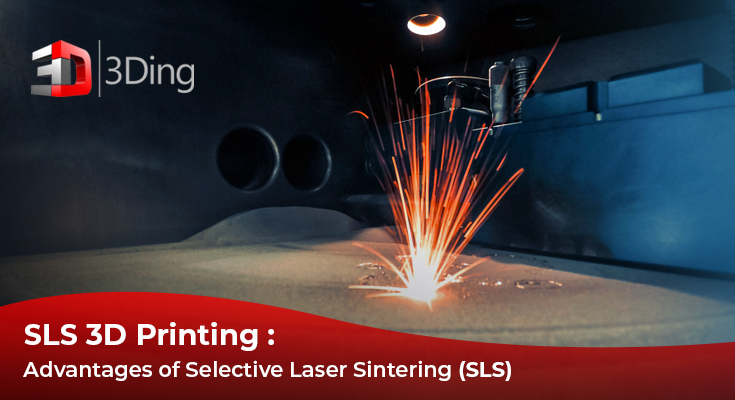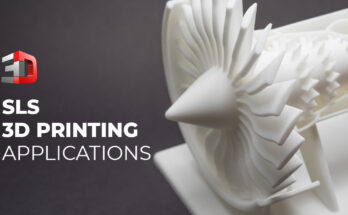In the diverse realm of 3D printing, various technologies have surfaced, each with its unique capabilities and applications. Among these is Selective Laser Sintering (SLS), a technique that leverages the power of lasers and the subtlety of powdered materials to create highly detailed and robust 3D-printed components. This article delves into the advantages of SLS, exploring why it has become a preferred choice for many industries.
Understanding Selective Laser Sintering (SLS):
A high laser is used in the additive manufacturing process of SLS 3D Printing to fuse small fragments of polymer powder. By scanning cross-sections created from a 3D digital description of the part on the surface of a powder bed, the laser selectively fuses powdered material. After each cross-section is scanned, the powder bed is lowered by one layer of thickness, and a new layer of material is applied on top. Until the part has been completed, the process continues.
Advantages of SLS in 3D Printing:
Detail and Durability:
One of the foremost advantages of SLS is the ability to create highly detailed and durable parts. The laser can accurately trace even the most complex geometries, resulting in components that are not just visually precise but also mechanically robust. This makes SLS a popular choice for functional parts, prototypes, and end-use components.
Material Freedom:
SLS uses a powder as the base material, offering more material options compared to other 3D printing technologies. These range from nylon and glass-filled polyamide to aluminum, making SLS a versatile choice for a variety of applications.
No Support Structure Needed:
In SLS, the unsintered powder naturally supports the part during printing, eliminating the need for additional support structures. This characteristic allows for the creation of intricate designs with overhangs and undercuts, which might be challenging or impossible with other 3D printing methods.
Scalability:
SLS is a scalable technology. Whether you need a single prototype or a production run of hundreds of components, SLS can handle it efficiently. Moreover, multiple parts can be built simultaneously in the same print run, making it a cost-effective option for batch production.
Conclusion:
SLS stands out in the 3D printing world with its ability to produce detailed, robust parts across a range of materials without the need for support structures. Its scalability makes it a versatile tool for both small-scale prototyping and larger production runs. As we continue to explore the potential of 3D printing technologies, SLS’s unique advantages position it as a critical player in the future of additive manufacturing.


